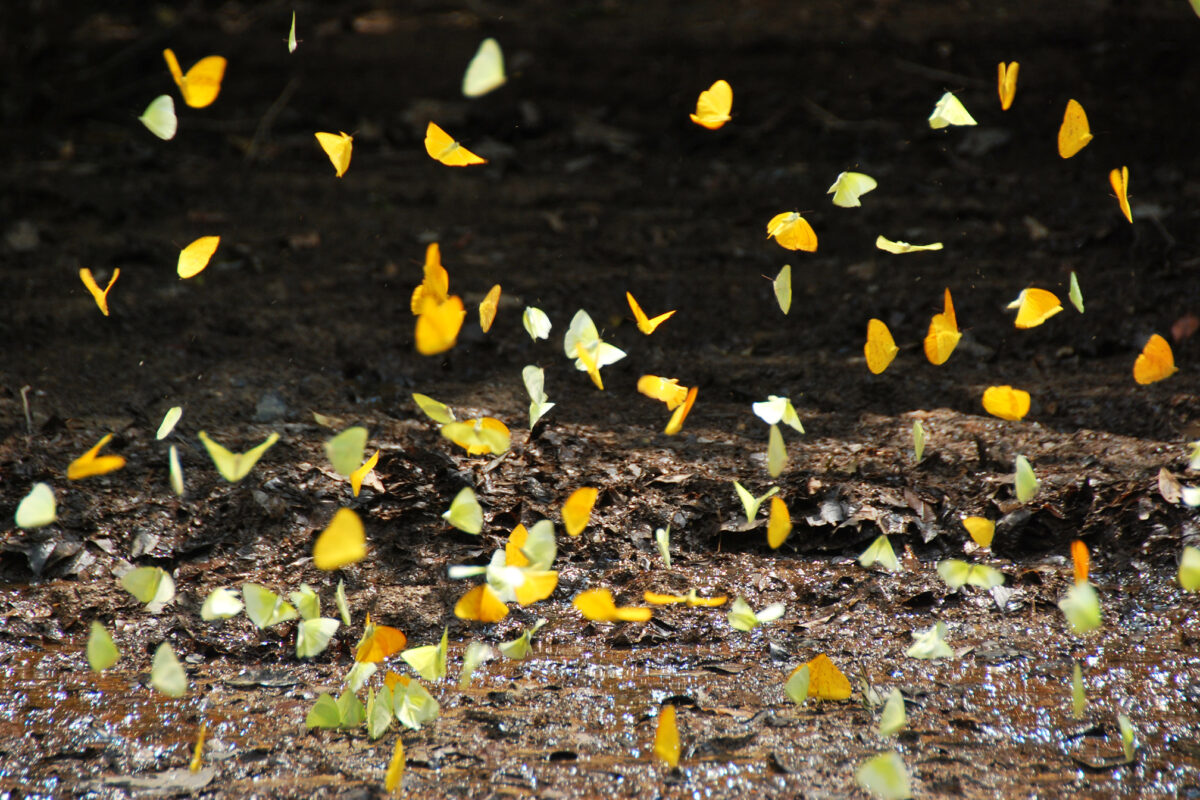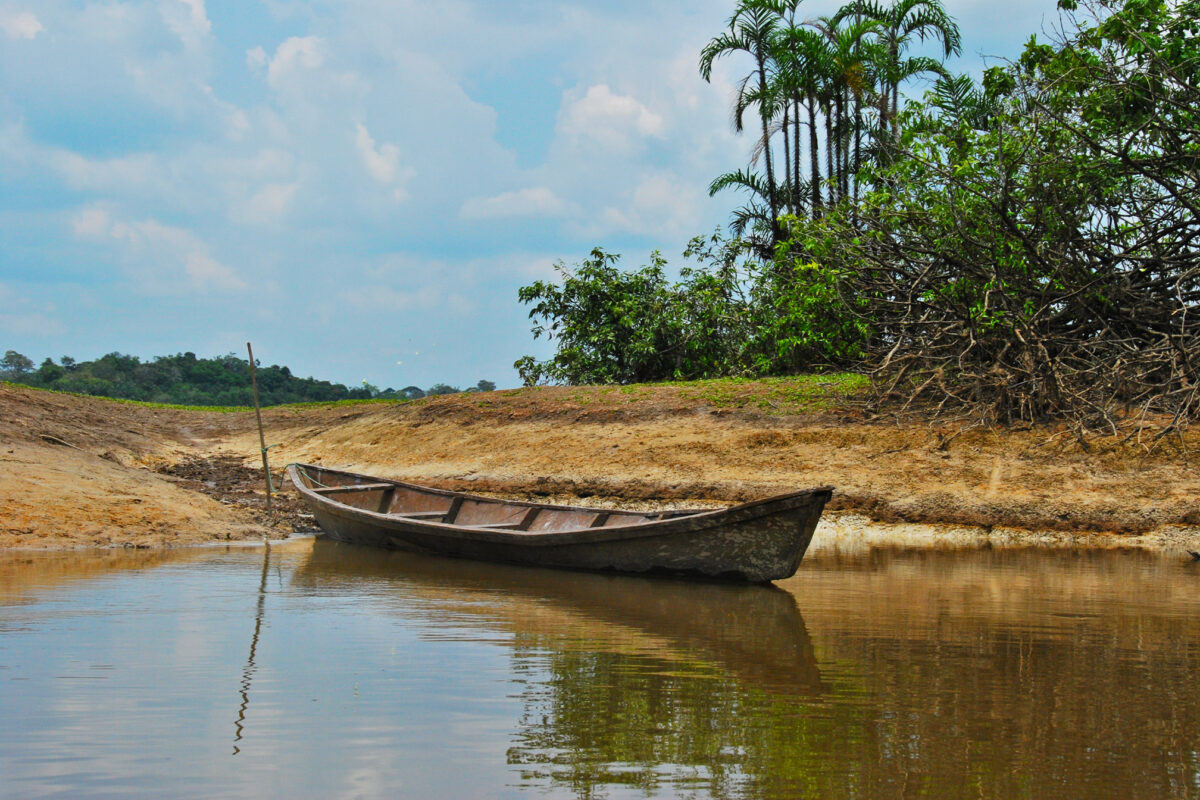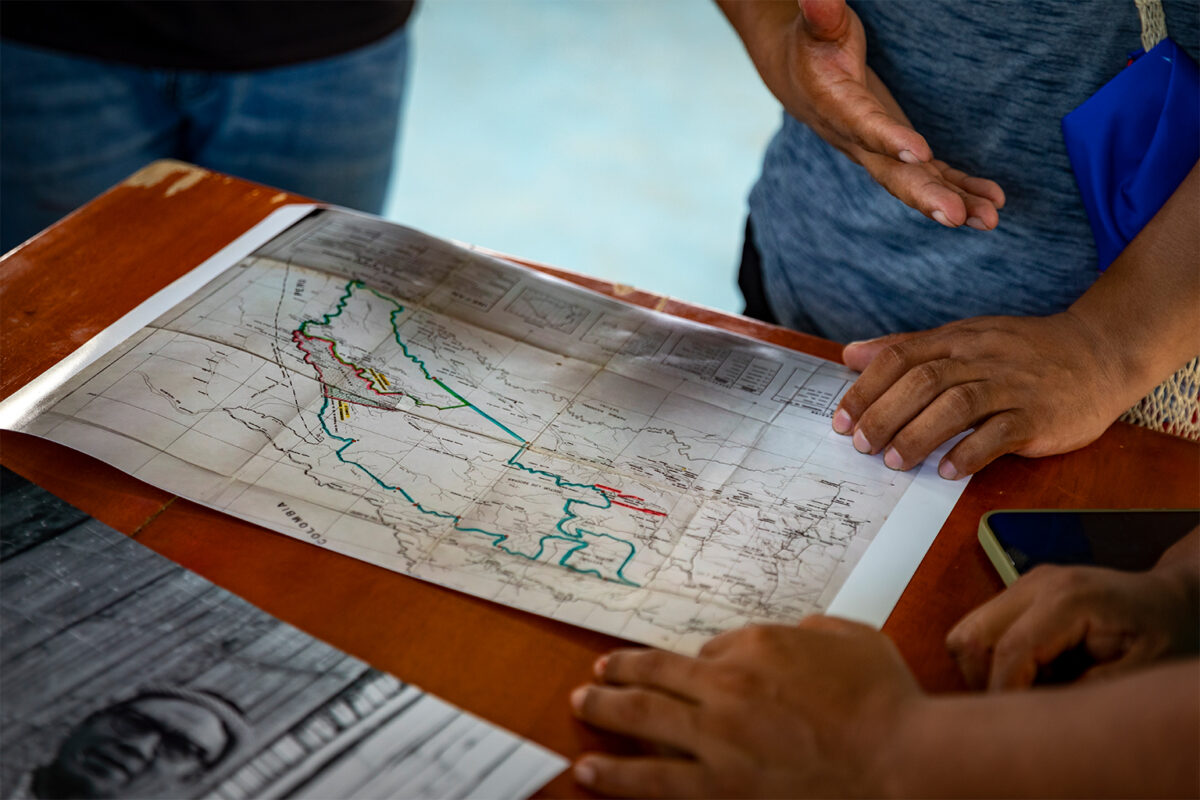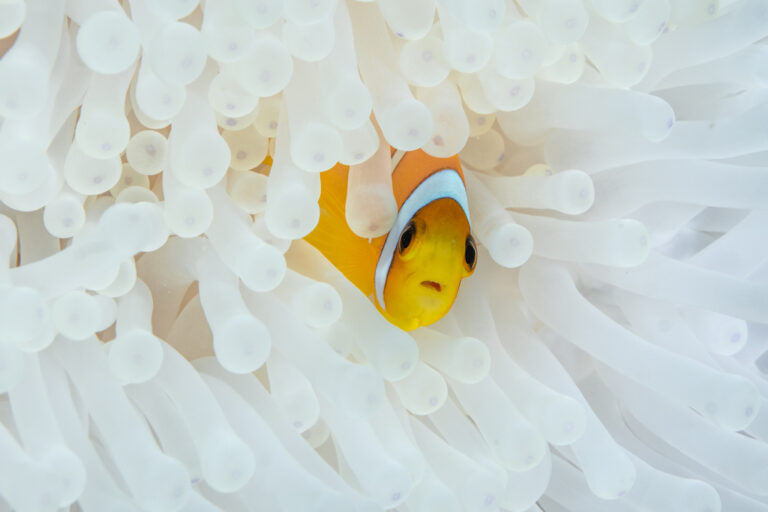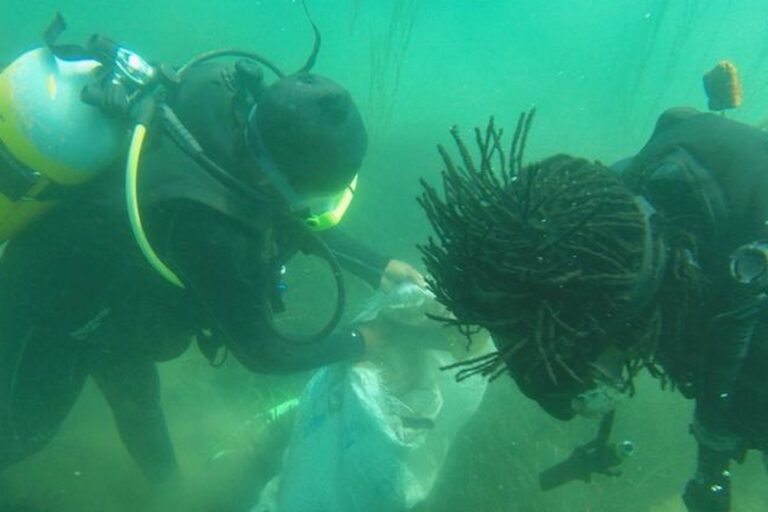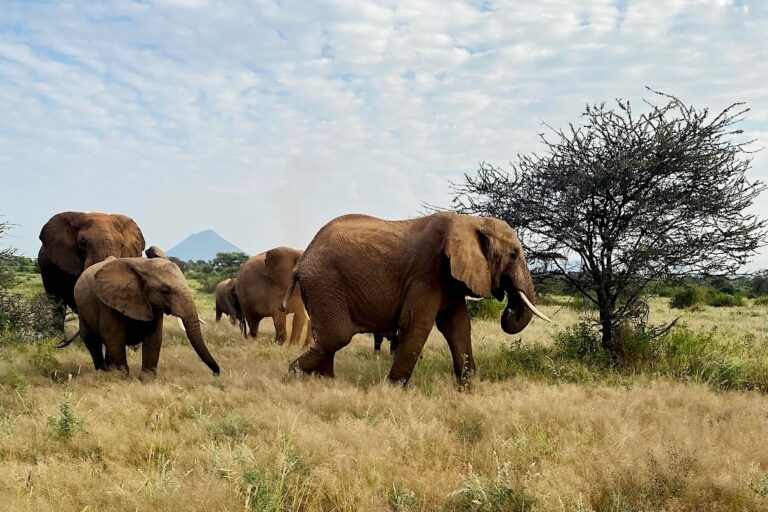- A new report published by the U.N.’s Convention on the Conservation of Migratory Species of Wild Animals (CMS) outlines possible solutions to human-caused ocean noise that impacts marine life.
- It focuses on three main types of underwater noise: shipping, seismic air gun surveys, and pile driving.
- Lindy Weilgart, the report author, said she believes it’s essential to move toward finding solutions rather than only studying the impacts of human-caused ocean noise.
- An outside expert praised the report but also questioned the likelihood of the suggestions being followed, and argued that the noise impacts of wind turbines have not been fully considered.
A recent U.N. report lists tactics and recommendations for reducing human-caused ocean noise, a form of pollution that impacts marine life from tiny plankton to colossal whales.
Published in June by the Convention on the Conservation of Migratory Species of Wild Animals (CMS), an environmental treaty of the U.N., the report outlines possible solutions to three primary sources of anthropogenic noise: shipping, seismic air gun surveys used to map the seafloor, and pile driving, which is the act of pounding structures into the seafloor to support offshore wind farms and other constructions. Many formal agreements, including the CMS, the Convention on Biological Diversity (CBD), and regional agreements like the Convention for the Protection of the Marine Environment of the North-East Atlantic (OSPAR Convention), refer to the adoption of “best available technologies” and “best environmental practices,” but don’t necessarily specify what these technologies or practices should be.
Lindy Weilgart, the report author and an underwater noise specialist at Dalhousie University in Canada, said the new report provides “a few possibilities” of these technologies and practices that can be applied to reduce ocean noise.
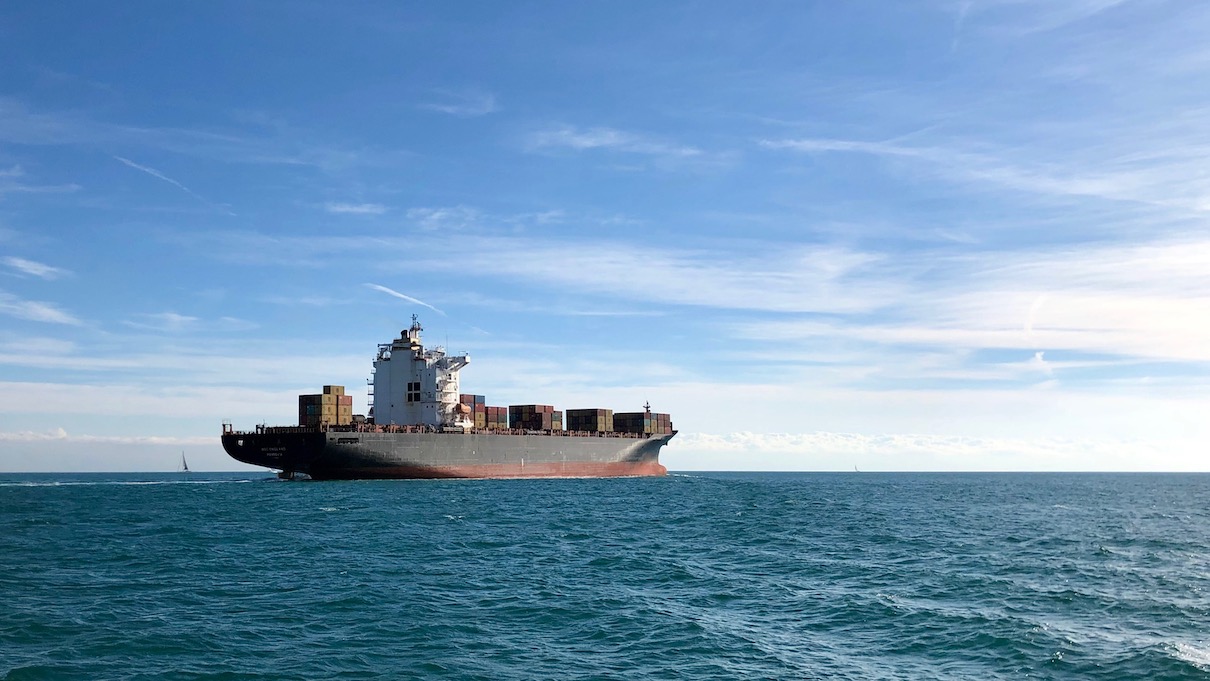
“There are sometimes not very difficult fixes just to make the sound quieter,” Weilgart told Mongabay. “The purpose of the report was to take a little bit of emphasis away from constantly studying the impacts because we already know the impacts are serious in certain contexts and situations [but] it would be so much more bang for your buck if you just quieted the noise.”
Shipping noise has been associated with a range of impacts, from increasing the stress levels of critically endangered North Atlantic right whales (Eubalaena glacialis) to reducing the quality of Atlantic cod larvae (Gadus morhua), to disorientating schools of bluefin tuna (Thunnus thynnus) during their migration, according to the report.
Weilgart noted that excessive ocean noise is often caused by poor hull or propeller design or by a damaged or dirty propeller that can make a ship operate inefficiently. A lot of these issues can be addressed by proper boat design, efficient cleaning, and real-time noise monitoring, she wrote. Another proffered solution is to simply slow down ships, in a process called “slow steaming.”
“Slowing ships down can achieve so many wins all at once,” Weilgart said. “Just a modest 10% reduction in speed can decrease the noise footprint by 40%, and also reduce the fatal collisions between whales and ships and reduce the greenhouse gases, nitrous oxides, sulfur oxides, black carbon, and particulate matter.”
Seismic air gun surveying, which is often used by the oil and gas industry to explore the seafloor for resources, can also cause harm by displacing fin whales (Balaenoptera physalus) and killing zooplankton up to 1.2 kilometers (0.7 miles) away from the air guns, the report notes.

In place of traditional air guns, Weilgart suggested using marine vibrator systems, which would create a “longer, quieter signal” that is less harmful to marine life but is just as effective as traditional seismic air guns. However, she said these systems are not yet widely available on the commercial market. She also noted best environmental practices like not conducting air gun surveys at “sensitive and important habitats” and avoiding certain seasons for spawning, breeding or feeding. Additionally, she said it’s crucial to establish acoustic refuges and buffer zones around marine protected areas.
Pile driving is a method of hammering foundational structures into the seabed to support offshore wind farms, bridges and other constructions. It’s known to displace harbor porpoises (Phocoena phocoena) over long distances, stress out blue mussels (Mytilus edulis) and sea bream (Sparus aurata), and disturb the swimming and schooling behavior of cod and sole, the report notes.
Weilgart outlined several alternatives to pile driving, such as BLUE piling, which “replaces the typical steel ram weight of an impact hammer with a large water mass,” reducing harmful underwater sound. She also noted that countries like Germany have already placed restrictions on underwater piling noise, which can help further reduce the impacts on marine life.
“If regulators are a little more inspired to hold these noise producers more accountable so that they really only use the quietest possible noise source, I think we would make a lot of gains,” Weilgart said. “And anywhere that’s done, it’s been shown that innovations happen, and you can stay under a noise limit if regulators give one.”
Michael Stocker, a marine bioacoustician and executive director of Ocean Conservation Research, who was not involved with the report, said Weilgart did a “characteristically excellent job” in writing the report. However, he questioned whether many of her suggestions would be followed, given the associated costs and effort, as well as a lack of enforcement.
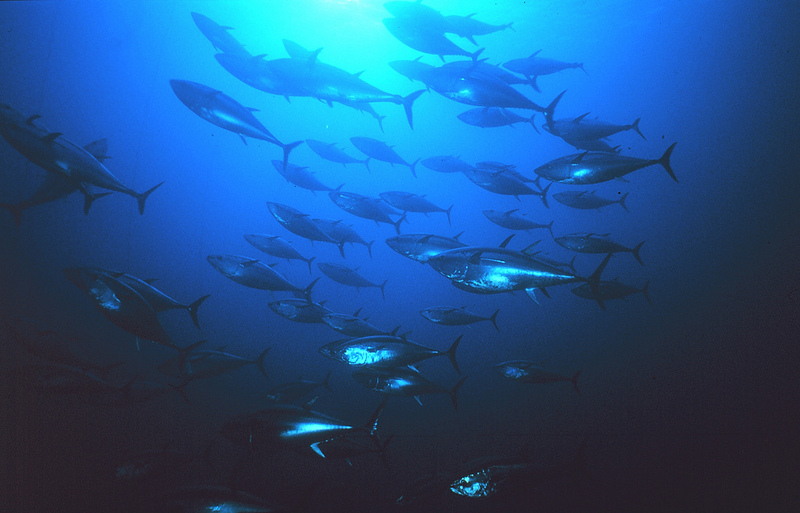
“Her recommendations are good, they’re sound, but will they be followed?” Stocker told Mongabay. “It’s kind of a grab bag at that point.”
Stocker also said the report doesn’t delve into all of the noise impacts of offshore wind farms, which are increasing around the world.
“It’s going to be a very, very serious problem,” he said. “Pile driving is only part of it. [There will be] infrasonic noise generated off of the turbine blades, and that’s going to interfere with the migration of birds and whales.”
Stocker added that many of the noise-related problems in the ocean are due to the ongoing ventures of the fossil fuel industry, which he said is “grinding up the planet.”
“Noise is a symptom of something else,” he said, “and by shedding light on what the impacts are, we can hopefully go and address the symptoms.”
For marine life, human noise pollution brings ‘death by a thousand cuts’
Banner image: A pod of sperm whales. Image by Amanda Cotton / The Ocean Agency.
Elizabeth Claire Alberts is a senior staff writer for Mongabay. Follow her on Twitter @ECAlberts.



